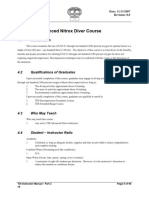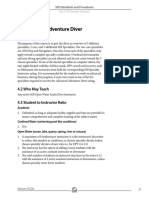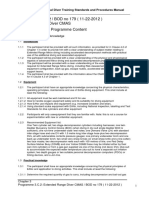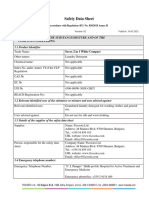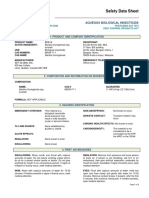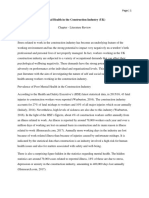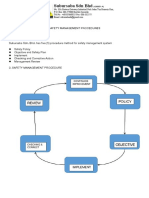0% found this document useful (0 votes)
64 views9 pagesMod 3 CCR
The document outlines the TDI Advanced Mixed Gas Closed Circuit Rebreather Diver certification course, which trains divers for advanced mixed gas diving using unit specific CCRs to a maximum depth of 100 meters. It specifies prerequisites, course structure, required skills, and administrative tasks for instructors, as well as the necessary equipment and training materials. Graduates are qualified to engage in technical diving activities with a focus on safety and proper procedures for using CCRs in complex underwater environments.
Uploaded by
vansvalence19Copyright
© © All Rights Reserved
We take content rights seriously. If you suspect this is your content, claim it here.
Available Formats
Download as PDF, TXT or read online on Scribd
0% found this document useful (0 votes)
64 views9 pagesMod 3 CCR
The document outlines the TDI Advanced Mixed Gas Closed Circuit Rebreather Diver certification course, which trains divers for advanced mixed gas diving using unit specific CCRs to a maximum depth of 100 meters. It specifies prerequisites, course structure, required skills, and administrative tasks for instructors, as well as the necessary equipment and training materials. Graduates are qualified to engage in technical diving activities with a focus on safety and proper procedures for using CCRs in complex underwater environments.
Uploaded by
vansvalence19Copyright
© © All Rights Reserved
We take content rights seriously. If you suspect this is your content, claim it here.
Available Formats
Download as PDF, TXT or read online on Scribd
/ 9













